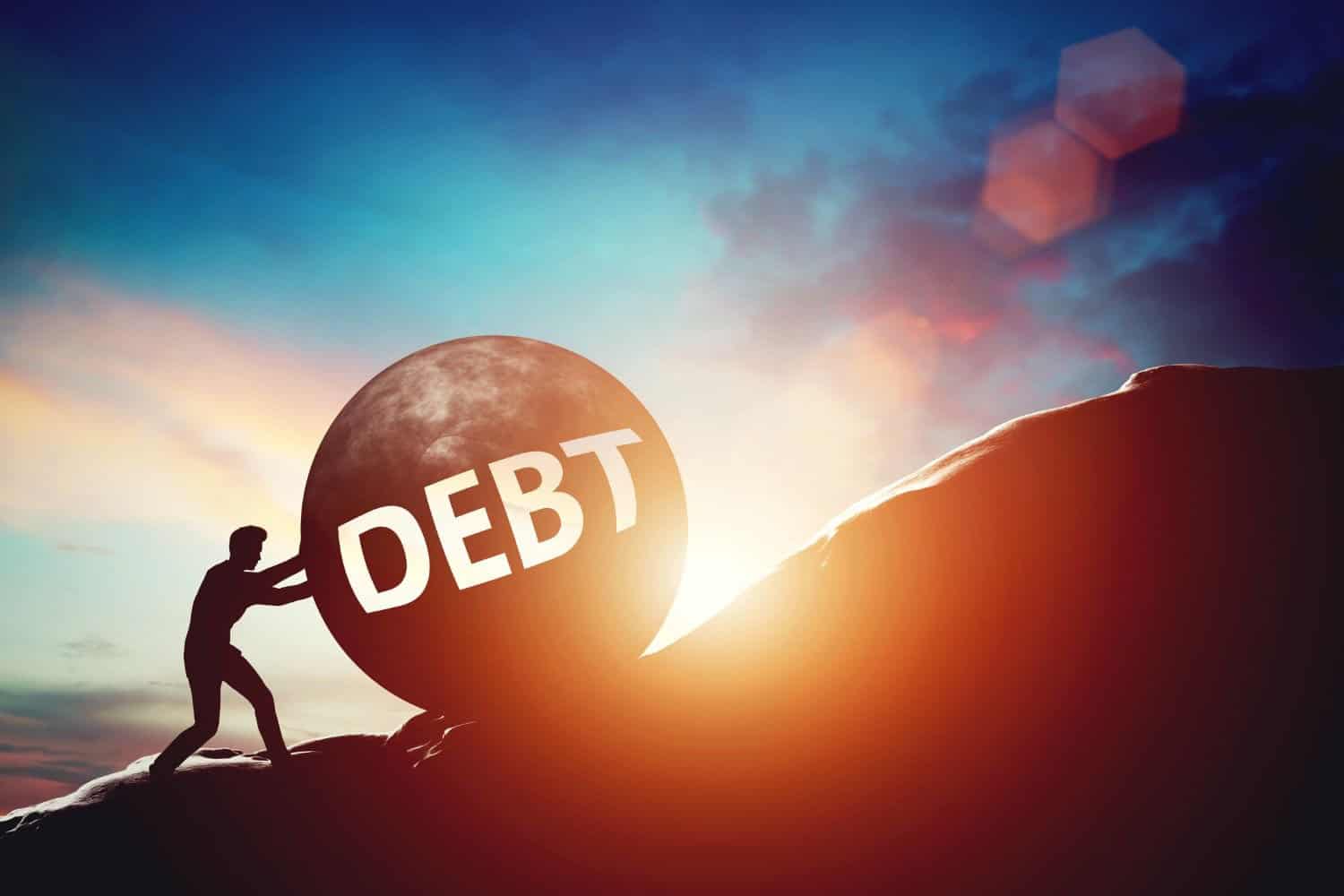Consumers have never been this thinly stretched before when it comes to their finances as they battle to afford the basics and pay their debt.
Despite being more optimistic about their finances, South African consumers are still battling with debt as personal loan interest rates reach their highest levels, while their income growth does not keep up with inflation, and they have to use unsecured credit to make up the shortfall.
Although sentiment improved since the suspension of load shedding, the formation of a coalition government, reduced inflation and lower interest rates, and the ability to access some retirement savings under the two-pot retirement system, consumers are still under severe financial strain according to the DebtBusters’ Debt Index for the third quarter based on a quarterly evaluation of debt counselling applications.
Despite the series of positive developments, demand for debt counselling increased by 6% compared to the same quarter last year, and online debt management grew by 10%, Benay Sager, executive head of DebtBusters, says.
“Over the past eight years, consumers’ income growth did not keep up with significant cost increases, and consumers are using short-term unsecured credit and personal loans to make up the shortfall. As a result, consumers must allocate two-thirds of their take-home pay for credit repayments.”
He says 82% of people who apply for debt counselling have a personal loan and 53% a payday loan, at a time when unsecured interest rates are at 26.7%, close to the maximum of 29%.
ALSO READ: Times have never been tougher for consumers, which is why they do not save
Consumer debt in 2024 compared to consumer debt in 2016
Other findings from the Debt Index show that compared to 2016, consumers who applied for debt counselling had:
- 44% less purchasing power. Electricity costs 135% more than eight years ago, and the petrol price has doubled, contributing to cumulative inflation of 46%. Over the same period, nominal incomes only increased by 2%. This means that in real terms, most South Africans had 44% less disposable income in 2024 compared to 2016 due mainly to the impact of high inflation. This means disposable incomes shrank by almost 44% during the past eight years.
- A high debt-service burden. Before coming to debt counselling, consumers were spending 66% of their net income to repay debt. This is up sharply compared to the last few quarters and is the highest since 2017. People who take home R35 000 per month use 72% of their income to repay debt, and their total debt-to-net-income ratio is 176%. The most vulnerable consumers, who earn R5 000 or less a month, use 75% of their income for debt repayments. These ratios are at their highest-ever levels, Sager says.
- Unsustainably high levels of debt if they are top earners. Average unsecured debt levels were 22% higher than eight years ago but are lower than the same period last year. For people taking home R35 000 or more, unsecured debt levels were 52% higher. While only slightly higher than inflation growth, without meaningful salary increases, these consumers must supplement their income with unsecured credit.
ALSO READ: South Africans rely on payday loans to afford electricity and fuel
More unsecured loans in 2024 than in 2016
Sager also notes that since 2016, average unsecured loan size increased by 57% while the volume of new unsecured loans declined by 30%. “This means larger unsecured (personal) loans are granted to a smaller number of consumers, highlighting that risk is concentrated on an ever-smaller group of consumers.
“For secured loans, in contrast, the number of loans decreased by 6%, but the average loan size increased by 33%.”
ALSO READ: Why consumers have too much month left at the end of the money
Impact of successive repo rate increases since 2021
Other key trends picked up in the report show:
- The nature of consumer debt is mostly stable, but the unsecured debt contribution appears to be increasing.
- The share of vehicle debt has increased in the last few years, indicating that more consumers with financed vehicles are seeking financial assistance.
- Banks make up 70% of credit, but there is a slight increase in retailer lending compared to a few years ago.
- The debt mix for new applicants has shifted over the last few years, driven by the change in interest rates. Since early 2022, the share of home loan debt has increased and now makes up 26% of new applicants’ debt.
- Since late 2021, the impact of successive interest rate increases resulted in a higher average interest rate of new applicants: in the third quarter, the average interest rate for unsecured debt was 26.7%, the highest on record since 2016 and closest to the maximum allowable rate of 29% per year.
